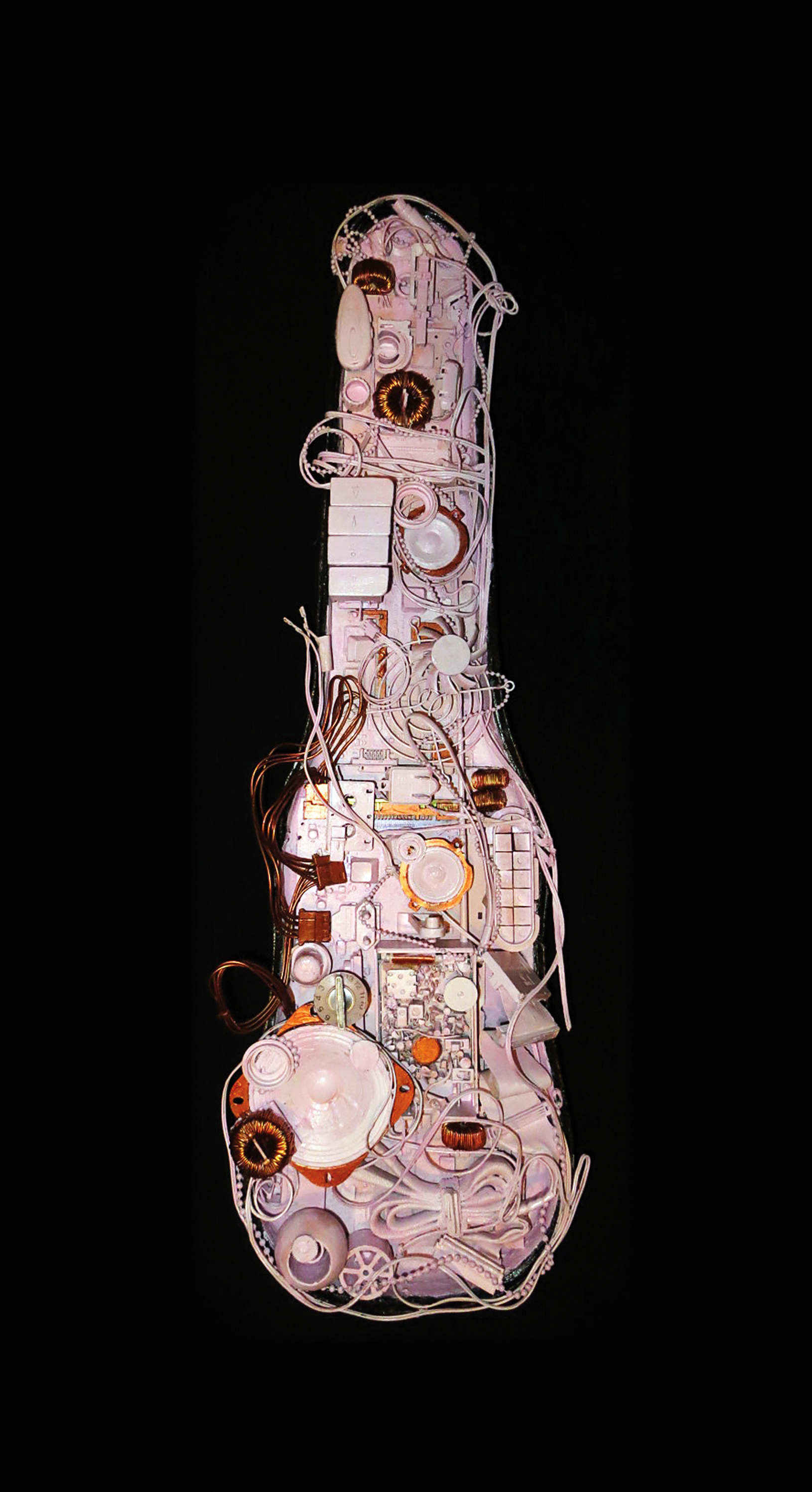With the era of analog tape slipping ever further into the past, growing numbers of newer-generation music recordists have had precious little experience with actual tape. Analog tape, though still available, is becoming a mythical, magical audio cure-all from the olden days. Ask someone to describe the sound of analog tape and you’re likely to hear buzzwords like “warm.” But what does tape compression actually sound like? Here’s the best I can manage: Imagine a brickwall limiter, but the bricks are all individually upholstered with a thin layer of batting and maroon crushed velvet.
Of all the sonic flavors currently available, a convincing simulation of the sound and behavior of analog tape remains mostly elusive. Whether in plug-in or hardware form, creating this effect is a complex task with a daunting amount of variables such as frequency, phase, level, dynamics, transient response, etc. all jumbled together and ever-changing in real-time. For quite a while, the most foolproof way to get “the sound of tape” was to print to tape and then bounce to digital. A lot of work, with its own set of challenges and variables (not to mention accessing a well-maintained tape machine.)
Reknowned electronics engineer/inventor/innovator Roger Mayer – perhaps best known for helping Jimi Hendrix sculpt his tones with previously unimagined effect pedals – has cracked the code for tape simulation with his 456 HD® Process, now in 500 Series format. The original version of the 456 HD was a 2-channel rack-mount unit, and Mayer initially resisted the 500 Series environment, citing the format’s limited power supply. But some brainstorming and some clever outside of the box thinking resulted in an uncompromised design that, when used with an approved 500 Series chassis, receives enough current to provide the headroom and performance required. I was told that because of the current manipulation, it is not possible to fill an entire chassis with only 456 HD 500 modules. For example, an API 500-6B 6-slot lunchbox will only properly power up to five 456 HD modules (the sixth slot can be filled with something that requires a lower current).
Sporting cosmetics that tip their hat to the design of Ampex 456 open-reel tape packaging, the modules are attractive and simple to use. Just three knobs: Input, Bias, and Trim, each of which has a red unity marker. When all the controls are at unity, audio will sound as though it has been recorded on Ampex 456 tape with a calibrated Studer A80 tape machine. Turning up the Input control is like “hitting tape harder,” and you can certainly hear the effect. In a way it’s subtle, in that it doesn’t really fuzz out (unless you severely drive it), but harmonics become noticeably richer. At unity, I found music sent through the 456 HDs to sound quite clean, but somehow different – transients sounded controlled and integrated, with a perceptible low end, tape-style bump. Turning the Bias knob subtly controls the high end, yet it’s not quite EQ – to me it almost sounds like an exciter that manipulates harmonics, but the effect was neither sharp nor pointy. I found increasing the Bias control was invaluable for brightening cymbals and stringed instruments without sounding shrieky. Output trim pots are straightforward but work in reverse (turning them clockwise reduces the output level) – this takes a little getting used to, but is ultimately fine.
I found the 456 HDs to work wonders on some mid-’90s ADAT recordings by the late Charlie Chesterman. Running Charlie’s acoustic guitar tracks through the 456 HDs transformed them from a zipper-y and thin tone, to robust and real – the music sounded like a record to me. I recently mixed a live recording by Sepultura with 456 HDs inserted on my console’s master output, and found the tracks blended effortlessly (well, almost!) together – the balancing part of mixing was way easier to achieve than with an all-digital path. It’s such a tired cliché to say the tracks sounded “warmer” and “more genuine” but really, that was the result. I liked the 456 HDs so much, I ended up purchasing the review units, and anticipate using them on most all of my future sessions, whether tracking, mixing, or mastering.




_disp_horizontal_bw.jpg)